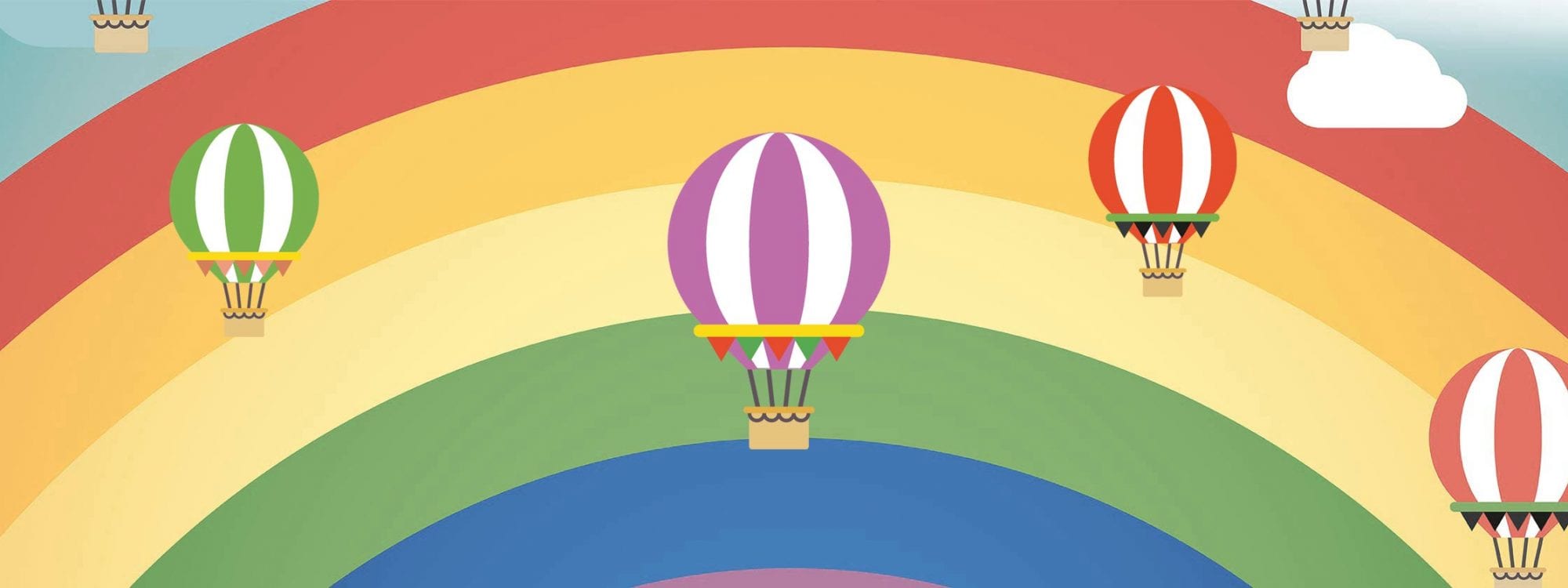A Thinking Routine
Using thinking routines in the classroom helps pupils and teachers to become more aware of how certain ways of approaching different situations and subjects can help to gradually develop and clarify thinking processes. The aim is that when pupils become familiar with thinking routines they can start to use them independently. Below is an example of one routine, ‘See-think-wonder’.
See-Think-Wonder
Practises : close observation, noticing different points of view, giving reasons , making questions, explaining and listening to others.
Materials: for example, a picture, (either one on the screen, or individual pictures given out to pairs). The picture should be interesting and should have details, which are not immediately obvious. It could be related to a new subject or theme being taught.
Task: Looking closely at the picture in three stages. This is often a suitable task for the beginning of a new learning unit.
Thinking and working skills: before the task show the pupils what thinking and working skills they will be using in the different stages. Examples of these are given below with the instructions for each stage. The wall sentences and clouds can be concrete support for learning to use and remembering these skills.
Starting: Give the pupils a few minutes at the beginning to examine the picture quietly without speaking. Sometimes writing a list of observations can take away from the careful observation. Notes can be made together during the tasks along with questions, or they can be written out at the end.
- See : Ask the pupils to report what they see.They should not interpret what they see yet. They can share their observations with a partner (think – pair – share).
The development of the skill of observing details can be assessed when this is done frequently.
Bloom verbs: name, describe, list, record, note
Working skills: I dare to say what I think /observe, I concentrate on listening to others well.
- Wonder What are you left wondering after observing and thinking about the picture? The pupils produce broader questions which emerge about the picture from the observations and conversations.
The breadth and creativity of the observations and questions can be discussed and evaluated. These give an idea of how well the pupils have understood the issues in the picture.
They can also be the starting point for looking for more information and doing further research into the subject.
This routine should build vocabulary, and can be a good routine before, for example, creative writing.
Bloom verbs: research, deduce, find new problems
Working skills: I respect the opinions of others, I back up my own opinions, I dare to say what I think, I comment constructively on the ideas of others.
Share the thinking
After each stage the class shares their thinking together. It’s a good idea to record the results of each stage of the routine together. Through questioning, talking and wondering together, the pupils support each other and broaden their understanding.
Working skills: I thought about what I want to learn / how I want to learn, I assessed how I worked, and how well I achieved my aims.
Session, or pupils could start research into the matter at hand, all depending on the subject.
Hint This is a good routine for introducing new subject matter. The picture could be an advert, a photo, a painting, an object or whatever is relevant to the issue.
How could this routine be adapted to suit your teaching?
Ritchart, R., Church M. ja Morrison K. 2011. Making Thinking Visible. Jossey-Bass, San Francisco.

